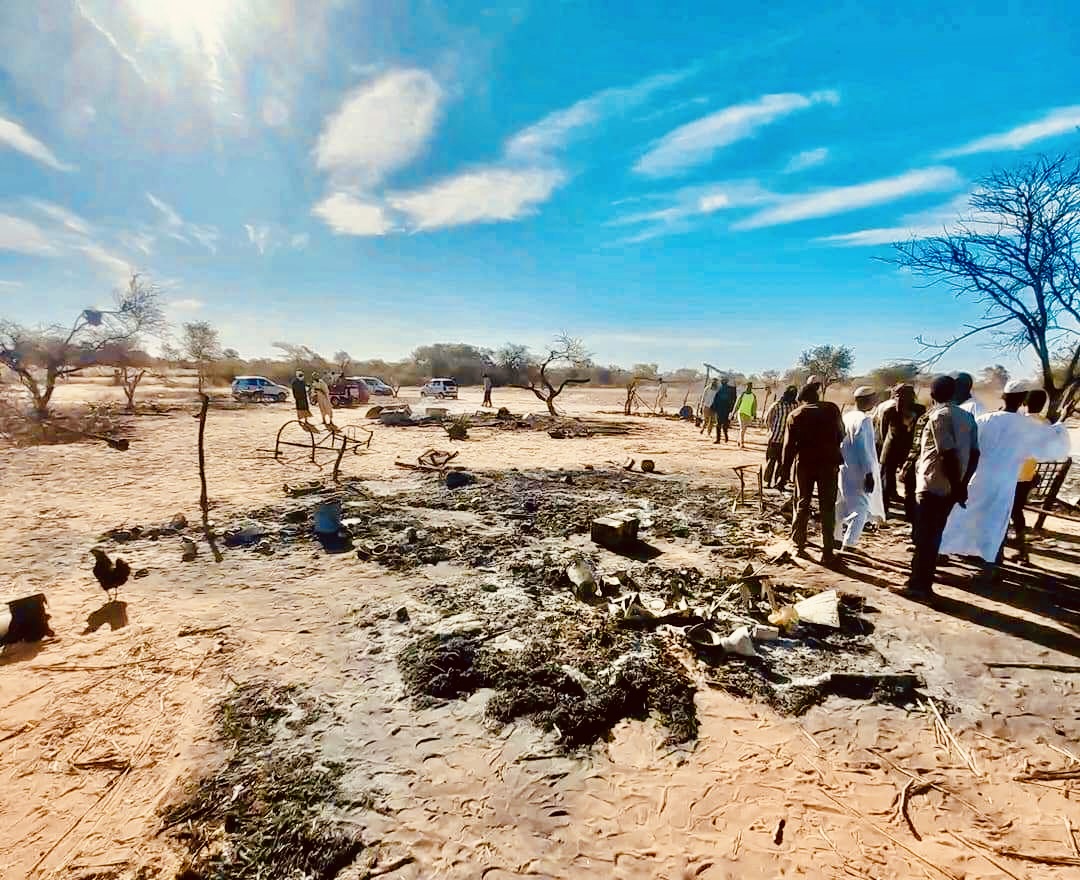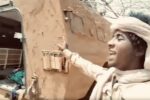“They came on motorbikes and started killing”: RSF siege grips North Kordofan
22 June 2025
In recent weeks, North Kordofan’s State capital, El Obeid, has become the latest battleground in Sudan’s widening war. The paramilitary Rapid Support Forces (RSF) is forcing thousands to flee surrounding villages, while satellite imagery and on-the-ground testimonies suggest that a devastating siege is being reimposed. With food, shelter, and medicine all in short supply, civilians now face imminent starvation.
Since June, the RSF has steadily moved to encircle the city, home to more than 500,000 people and a key Sudanese Armed Forces (SAF) garrison. Control of nearby towns like Kazgeli would allow the SAF to maintain supply lines. After losing Omdurman, the RSF have been deployed in areas across North Kordofan State. Incidents of looting and attacks against civilians increased.
“They killed young men in… villages around us. Then they came twice and told us to leave,” said Amira*, a displaced woman from a village near Kazgeli, speaking to the international advocacy organisation, Avaaz. “The RSF killed six young men in my village, and we had to leave. They came on motorbikes and started terrorising people.”
Amira fled with 20 other families—many with pregnant women and children—on a two-day trek to El Obeid. “We slept on the road and starved on the way,” she said. “We would sometimes eat tree leaves. We have nothing now—not even tents or linoleum to protect us from the rain. Our children are going to die from hunger and cold.”
Hawa, a teacher from near Al-Debeibat in South Kordofan, also fled to El Obeid. She described a frantic escape on overcrowded tractors. “One young girl fell off, broke her skull, and died immediately,” Hawa told Avaaz. “Everyone is already hosting many people. You often end up just sleeping on the floor.” According to IOM data, more than 4,240 thousands have fled areas around El Obeid and Bara district since 24 June 2025.
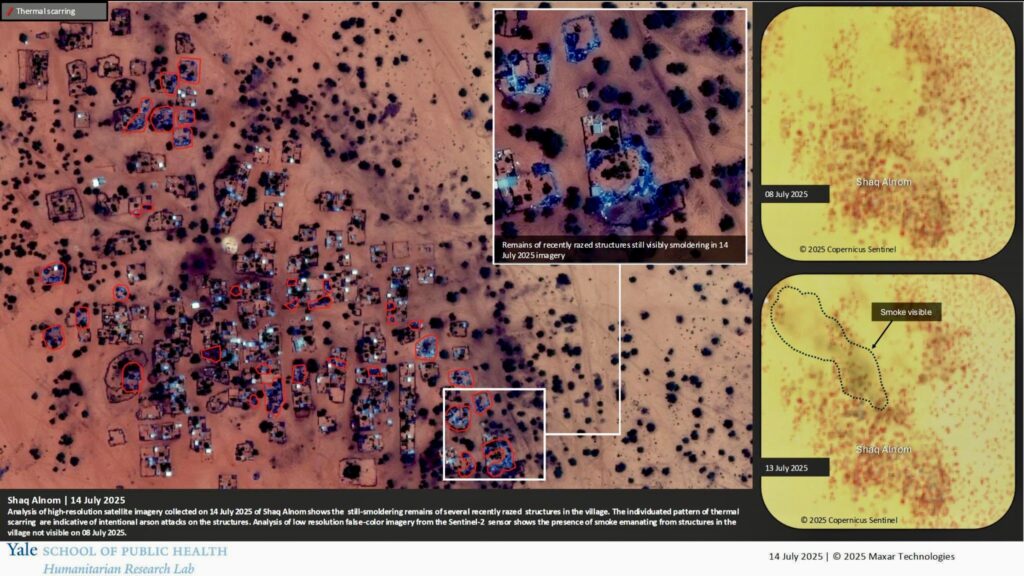
Shaq Al Nom: A massacre in satellite view
Beyond displacement, evidence of mass killings is emerging. According to a report by the Yale Humanitarian Research Lab, RSF fighters attacked the village of Shag Al Nom on 12 July, located just 60 kilometres north of El Obeid. The village is also just 6 kilometres northwest of Bara, a town under the control of the Rapid Support Forces.
The following day, the Lab’s satellite imagery showed a large smoke point over the area and “buildings scattered across Shag Al Nom razed and smouldering.”
Eyewitness interviewed by the Sudan Doctors Network, reported that at least 11 civilians killed in the attack, including “three children and pregnant women.” However, Emergency Lawyers, pro-bono advocates in Sudan that support the war-affected, warned that the death toll could actually exceed 200 people. Many deaths have become unrecognisable, the organisation said, since “most were burned to death in their homes or shot.”
According to two sources from Bara, the incident erupted on Saturday after the RSF militants entered the villages of Shaq al-Num in a single combat vehicle and attempted to loot private property. Residents confronted them with weapons, resulting in the deaths of two RSF members. The two sources told Ayin that the RSF attacked the villages in retaliation, shelling them from a distance using twin-barrelled artillery, penetrating inside and burning a number of homes.
“The events in Shaq al-Num village did not start suddenly,” said social activist Mohamed Ali in an interview with Ayin. “Rather, their roots go back more than two months, when a group of Rapid Support Forces attacked the village, and residents were able to kill three of the attacking group.”
Ali added, “The RSF returned again on Saturday, 12 July, and the civilians confronted them once again, resulting in the deaths of two of them and the seizure of one of their vehicles. These small victories by the civilians prompted the attacking forces to return with larger forces and heavy weapons.”
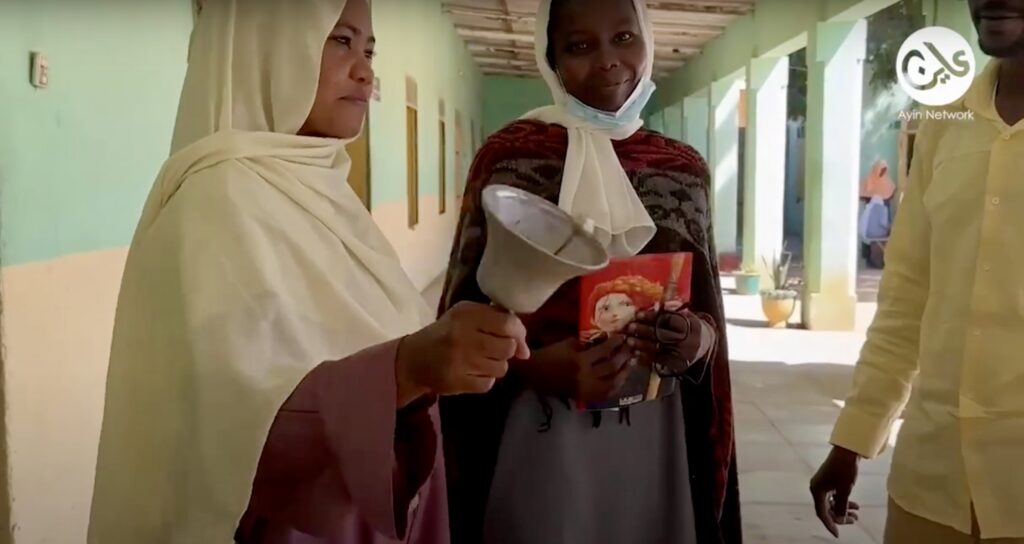
Strategic encirclement: RSF moves on El Obeid from all sides
The violence spread beyond Shaq al-Nom according to the Yale Humanitarian Research Lab (HRL). The RSF reportedly attacked and looted neighbouring villages, killing as many as 38 people. Satellite data from 13-14 July confirm these claims: widespread thermal scarring, structural damage, and tactical vehicle tracks across the area—hallmarks of RSF ground movements.
At Wad Al-Barad Cemetery near El Obeid, satellite imagery collected between 12 and 14 July revealed at least eight new locations of disturbed earth, and the presence of open-bed trailer trucks near a crowd of people and an exposed burial hole. These visuals suggest ongoing mass burials in response to the violence, according to the Lab.
El Obeid’s strategic value stems from its location on the B-26 highway, connecting Khartoum to Darfur and South Sudan. As the RSF pushes from multiple directions, it appears to be executing a full encirclement.
From the north, the RSF controls Bara, 55 kilometres from El Obeid. Satellite images captured on 14 July by Yale HRL, show “likely conflict-related damage” to structures and a “grouping number of vehicles consistent with RSF presence”. Despite frequent SAF airstrikes in the area, the RSF maintains firm control.
“The suffering in Kordofan deepens with each passing day,”
—–Sudan Country Director, Kadry Furany, Mercy Corps
To the west, the paramilitary force captured Nuhud city, Al Khoi village, and more recently launched an assault on Umm Sumeima, just 70 kilometres west of El Obeid. Satellite imagery by Yale HRL from 13 July shows “thermal scarring and black smoke” at a key SAF battalion site. With both factions claiming control, the area remains contested.
From the south, RSF incursions into Kazgeli and Al-Debeibat threaten to complete the city’s isolation. In a June video address, the RSF leader Mohamed Hamdan Dalago (“Hemedti”) declared “If you think of using El Obeid as a launchpad to bomb Darfur and Kordofan, we will come to you. Our force is ready to move at any time.”
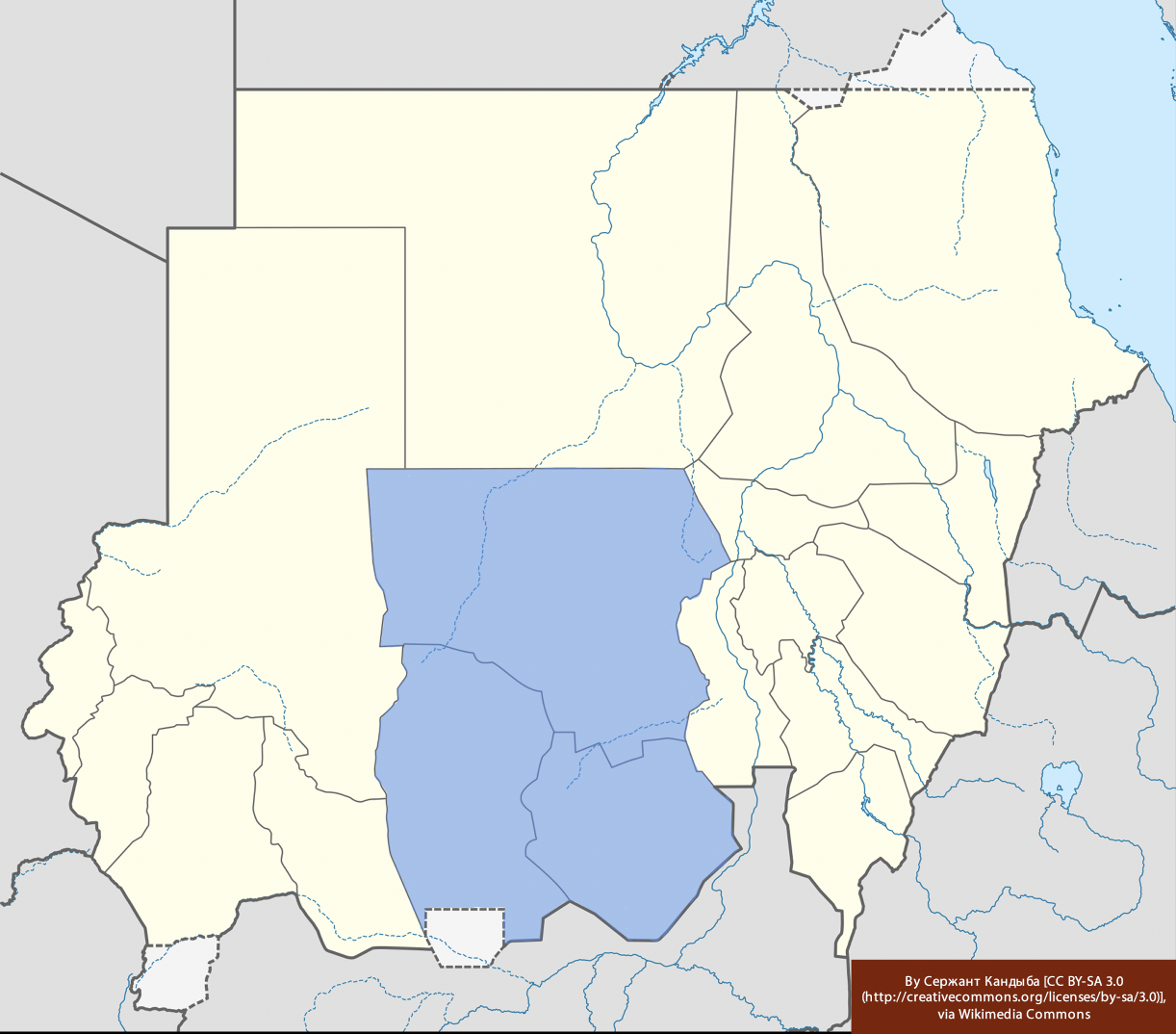
Kordofan: hotly contested
According to Ahmed Hamdan, a journalist and political analyst from the area, the Kordofan region will only face more violence in the days ahead. The RSF will attempt to seize the army headquarters in Babanusa, West Kordofan State, while tightening the siege on El Obeid, Hamdan told Ayin. Meanwhile, he added, the army will seek to strengthen their presence in El Obeid, using the city as a launching pad for its advance into Darfur.
“Under these circumstances, Kordofan is likely to be mired in a prolonged armed conflict,” he said. “Even if a settlement is reached, indicators point toward a cessation of hostilities in Darfur and the army-controlled areas of the central, northern, and eastern Sudan, while Kordofan becomes increasingly a conflict zone.”

Humanitarian Collapse
A report released by Mercy Corps described a devastating yet overlooked humanitarian catastrophe unfolding in the Kordofan region. “The suffering in Kordofan deepens with each passing day,” Mercy Corps Country Director for Sudan, Kadry Furany, said in a statement. “Aid workers are struggling to meet even basic needs. If someone falls ill, there may be no medicine—another crisis on top of starvation.”
The siege tactics seen in El Obeid mirror those long employed by the RSF in El Fasher, North Darfur State. Since April 2024, the city has suffered from an unrelenting RSF blockade, resulting in starvation and collapse of basic services. Between 26 June and 6 July, 647 households were displaced from El Fasher and the nearby Abu Shouk camp, according to IOM figures. The Sudan Liberation Movement-Transitional Council, which shares control with the RSF, blocked a recent WFP aid delivery, labelling El Fasher a “military operations zone.”
“In besieged El Fasher, Darfur, civilians are cut off from aid and at risk of starvation,” said UN humanitarian chief Tom Fletcher. “Every day without access costs lives.”
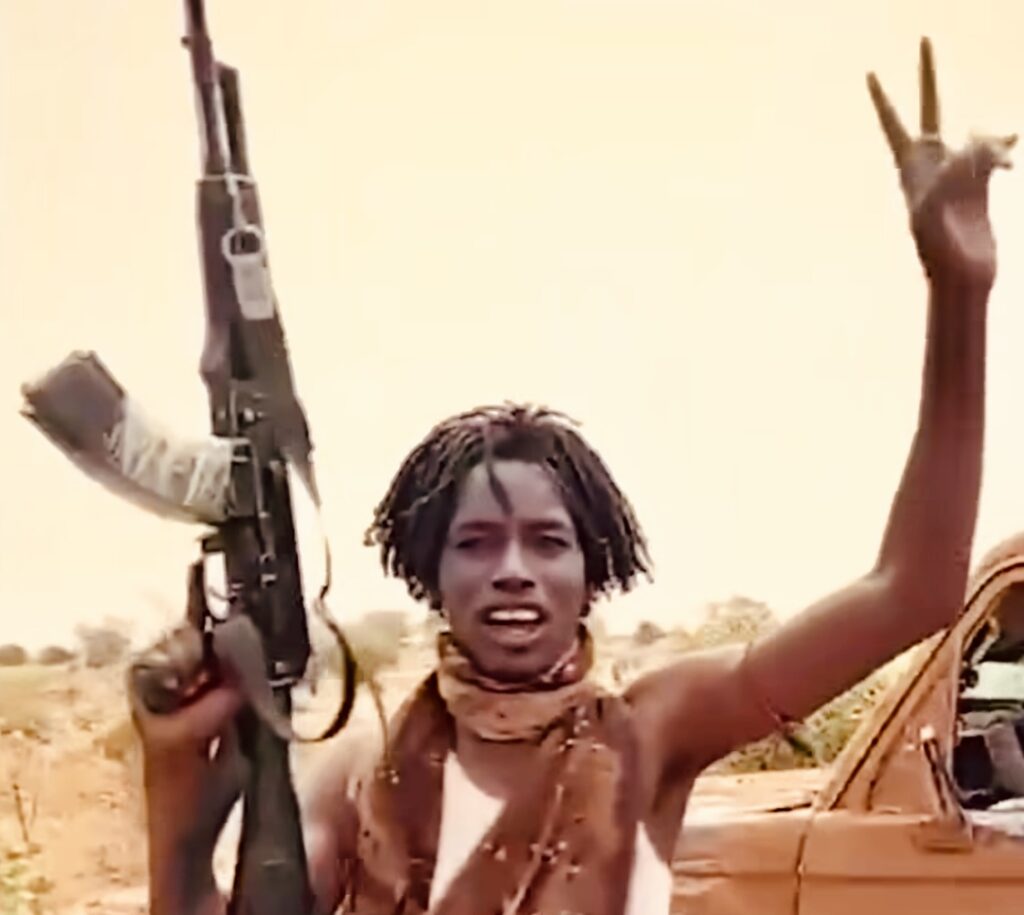
A silent war crime
In North Kordofan and Darfur alike, the RSF are carrying out systematic violence, not accidental. Legal expert Noon Kashkosh told Ayin “any violation committed by organized force in conflict areas are considered institutional responsibilities and fall under the accountability of the military area commander.”
Displaced civilians carry stories of horror: burned homes, children dying on the road, and shallow graves filled in haste. “Even the birds fled with us,” said Amira, recalling her escape from Kazgeli to Avaaz. In Shag al Nom, entire families were “burnt to death in their homes or shot” according to the Emergency Lawyers’ statement. These are not isolated incidents—they are the shape of war waged without rules, and for far too long, without witnesses.


